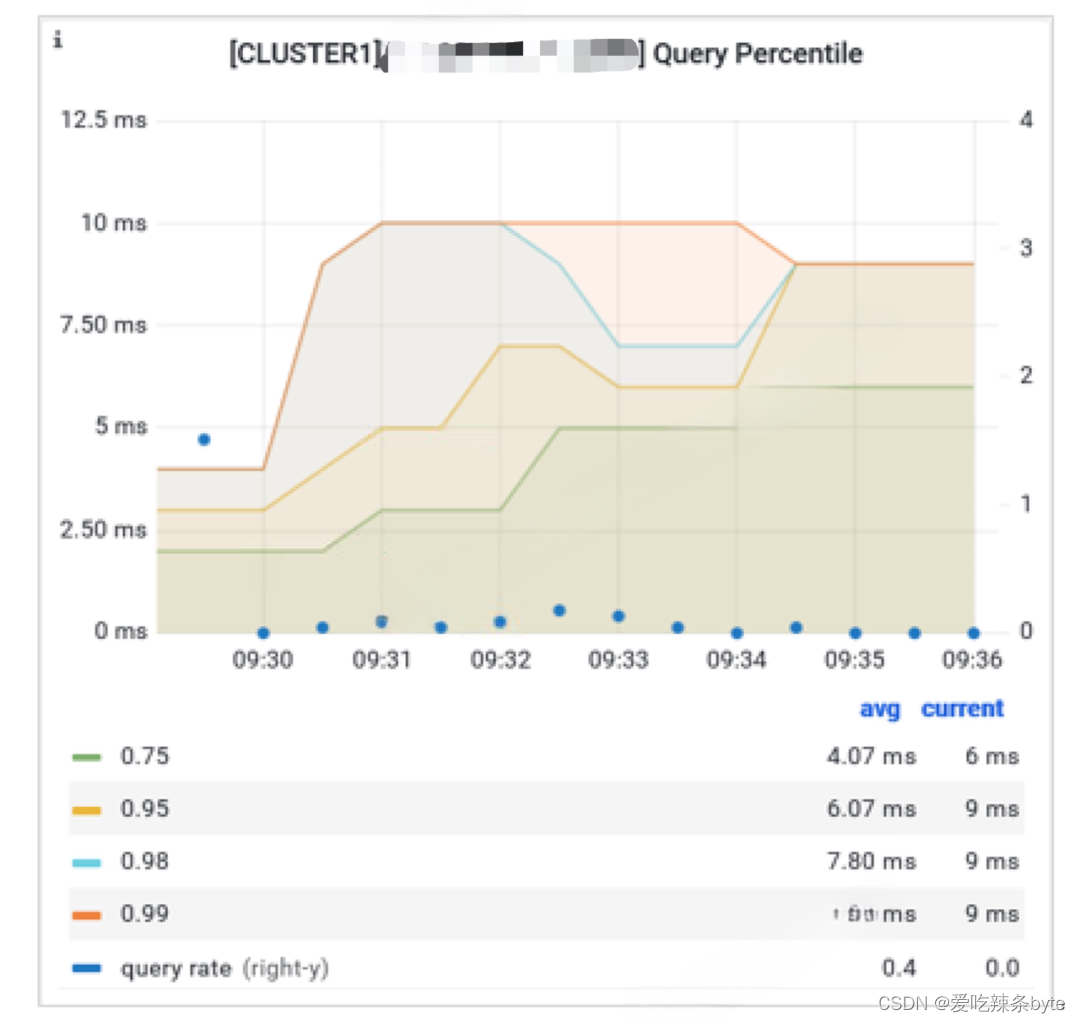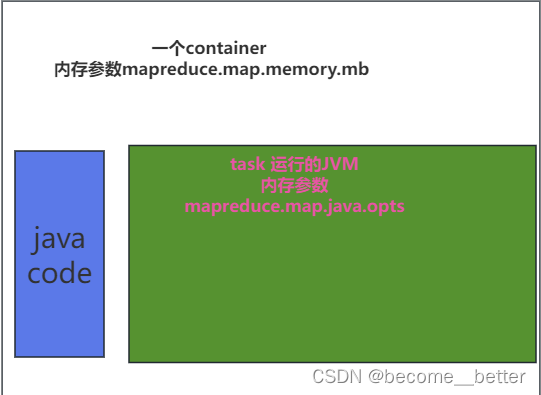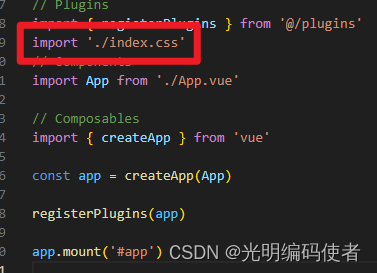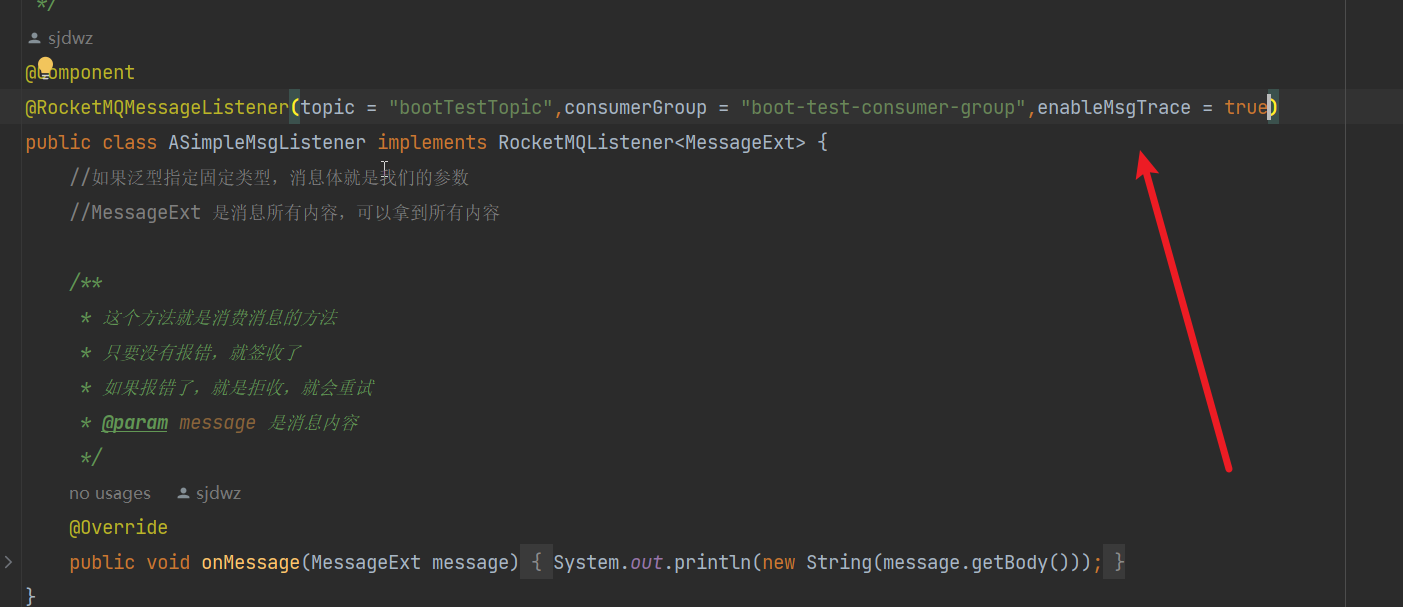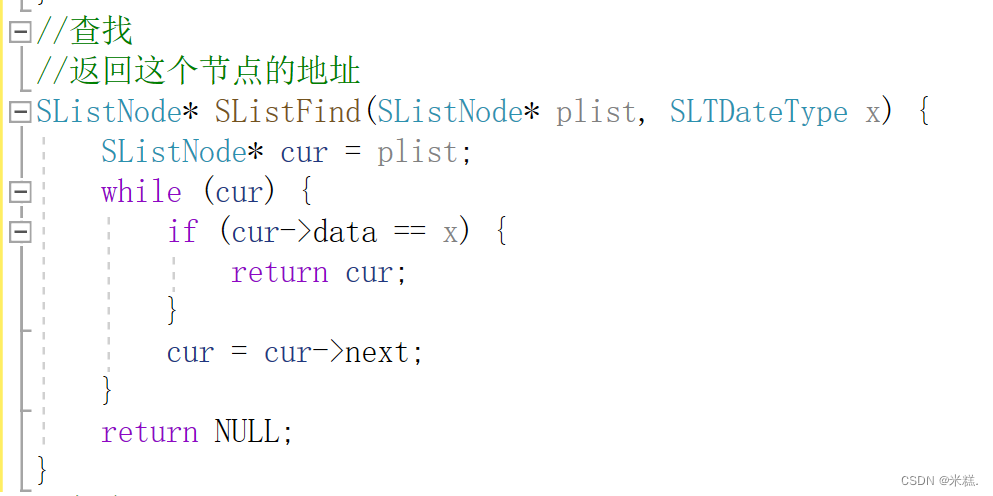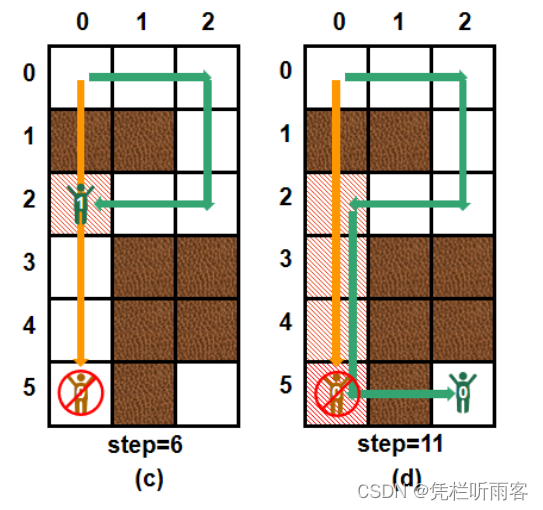二叉树
- 简介
- [简单] 144. 二叉树的前序遍历、94. 二叉树的中序遍历、145. 二叉树的后序遍历
- 二叉树层序遍历
- [中等] 102. 二叉树的层序遍历
- [中等] 107. 二叉树的层序遍历 II
- [中等] 199. 二叉树的右视图
- [简单] 637. 二叉树的层平均值
- [中等] 429. N 叉树的层序遍历
- [中等] 515. 在每个树行中找最大值
- [中等] 116. 填充每个节点的下一个右侧节点指针、[中等]117. 填充每个节点的下一个右侧节点指针 II
- [简单] 104. 二叉树的最大深度
- [简单] 111. 二叉树的最小深度
- [简单] 226. 翻转二叉树
- [简单] 101. 对称二叉树
- [简单] 100. 相同的树
- [简单] 572. 另一棵树的子树
- [简单] 222. 完全二叉树的节点个数
- [简单] 110. 平衡二叉树
- [简单] 257. 二叉树的所有路径
- [简单] 404. 左叶子之和
- [中等] 513. 找树左下角的值
简介
记录一下自己刷题的历程以及代码。写题过程中参考了 代码随想录的刷题路线。会附上一些个人的思路,如果有错误,可以在评论区提醒一下。
涉及:二叉树前中后序遍历、层序遍历、队列Queue、头插法、递归、ArrayList、LinkedList、递归、StringBuilder
[简单] 144. 二叉树的前序遍历、94. 二叉树的中序遍历、145. 二叉树的后序遍历
144. 二叉树的前序遍历
94. 二叉树的中序遍历
145. 二叉树的后序遍历
前中后序遍历可以公用一套递归思路,都是比较经典的模板:
//先序遍历
递归访问(){
对节点做操作
递归访问(左子树)
递归访问(右子树)
}
//中序遍历
递归访问(){
递归访问(左子树)
对节点做操作
递归访问(右子树)
}
//后序遍历
递归访问(){
递归访问(左子树)
递归访问(右子树)
对节点做操作
}
- 二叉树的前序遍历
class Solution {
public List<Integer> preorderTraversal(TreeNode root) {
List<Integer> answer = new ArrayList<>();
preorder(root, answer);
return answer;
}
public void preorder(TreeNode root, List<Integer> answer){
if(root == null) return;
answer.add(root.val);
preorder(root.left,answer);
preorder(root.right,answer);
return;
}
}
- 二叉树的中序遍历
class Solution {
public List<Integer> inorderTraversal(TreeNode root) {
List<Integer> answer = new ArrayList<>();
inorder(root, answer);
return answer;
}
public void inorder(TreeNode root, List<Integer> answer){
if(root == null) return;
inorder(root.left,answer);
answer.add(root.val);
inorder(root.right,answer);
return;
}
}
- 二叉树的后序遍历
class Solution {
public List<Integer> postorderTraversal(TreeNode root) {
List<Integer> answer = new ArrayList<>();
postorder(root, answer);
return answer;
}
public void postorder(TreeNode root, List<Integer> answer){
if(root == null) return;
postorder(root.left,answer);
postorder(root.right,answer);
answer.add(root.val);
return;
}
}
二叉树层序遍历
[中等] 102. 二叉树的层序遍历
原题链接
经典的BFS
用队列保存树节点,每次统计队列的size(),也就是第n层节点数量。
处理这一层的节点,将其子节点全部加入队列,循环往复到队列为空。
class Solution {
public List<List<Integer>> levelOrder(TreeNode root) {
List<List<Integer>> ans = new ArrayList<List<Integer>>();
Queue<TreeNode> queue = new ArrayDeque<>();
if(root == null) return ans;
queue.add(root);
while(!queue.isEmpty()){
List<Integer> nums = new ArrayList<Integer>();
int k = queue.size();
while(k-- > 0) {
TreeNode temp = queue.remove();
nums.add(temp.val);
if (temp.left != null) queue.add(temp.left);
if (temp.right != null) queue.add(temp.right);
}
ans.add(nums);
}
return ans;
}
}
[中等] 107. 二叉树的层序遍历 II
原题链接
方法①:
与102的最基本的层序遍历相似的逻辑,使用递归的方法把每次ans.add(nums);操作顺序进行了倒序。
class Solution {
public List<List<Integer>> levelOrderBottom(TreeNode root) {
List<List<Integer>> ans = new ArrayList<List<Integer>>();
Queue<TreeNode> queue = new ArrayDeque<>();
if(root == null) return ans;
queue.add(root);
recursion(queue, ans);
return ans;
}
public void recursion(Queue<TreeNode> queue, List<List<Integer>> ans){
if(!queue.isEmpty()){
List<Integer> nums = new ArrayList<Integer>();
int k = queue.size();
while(k-- > 0) {
TreeNode temp = queue.remove();
nums.add(temp.val);
if (temp.left != null) queue.add(temp.left);
if (temp.right != null) queue.add(temp.right);
}
recursion(queue, ans);
ans.add(nums);
}
return;
}
}
方法②:
使用LinkedList,用头插法的方式构造返回值。(LinkedList底层为链表,头插法比较方便,ArrayList底层是连续存储,头插法复杂度为O(n))
class Solution {
public List<List<Integer>> levelOrderBottom(TreeNode root) {
List<List<Integer>> ans = new LinkedList<>();
Queue<TreeNode> queue = new ArrayDeque<>();
if(root == null) return ans;
queue.add(root);
while(!queue.isEmpty()){
List<Integer> nums = new ArrayList<Integer>();
int k = queue.size();
while(k-- > 0) {
TreeNode temp = queue.remove();
nums.add(temp.val);
if (temp.left != null) queue.add(temp.left);
if (temp.right != null) queue.add(temp.right);
}
ans.add(0, nums);
}
return ans;
}
}
[中等] 199. 二叉树的右视图
原题链接
与102的最基本的层序遍历相似的逻辑,构建返回值时每次只把当前层最右边的数加入ans即可。
class Solution {
public List<Integer> rightSideView(TreeNode root) {
List<Integer> ans = new ArrayList<Integer>();
Queue<TreeNode> queue = new ArrayDeque<>();
if(root == null) return ans;
queue.add(root);
while(!queue.isEmpty()){
List<Integer> nums = new ArrayList<Integer>();
int k = queue.size();
while(k-- > 0) {
TreeNode temp = queue.remove();
nums.add(temp.val);
if (temp.left != null) queue.add(temp.left);
if (temp.right != null) queue.add(temp.right);
}
ans.add((nums.get(nums.size()-1)));
}
return ans;
}
}
[简单] 637. 二叉树的层平均值
原题链接
class Solution {
public List<Double> averageOfLevels(TreeNode root) {
Queue<TreeNode> queue = new ArrayDeque<>();
List<Double> ans = new ArrayList<>();
if(root == null) return ans;
queue.add(root);
while(!queue.isEmpty()){
double num = 0;
int k = queue.size();
int i = k;
while(k-- > 0){
TreeNode temp = queue.remove();
num += temp.val;
if(temp.left != null) queue.add(temp.left);
if(temp.right != null) queue.add(temp.right);
}
ans.add(num / i);
}
return ans;
}
}
[中等] 429. N 叉树的层序遍历
原题链接
class Solution {
public List<List<Integer>> levelOrder(Node root) {
List<List<Integer>> ans = new ArrayList<List<Integer>>();
Queue<Node> queue = new ArrayDeque<>();
if(root == null) return ans;
queue.add(root);
while(!queue.isEmpty()){
List<Integer> nums = new ArrayList<Integer>();
int k = queue.size();
while(k-- > 0) {
Node temp = queue.remove();
nums.add(temp.val);
for(int i = 0; i < temp.children.size(); i++) {
queue.add(temp.children.get(i));
}
}
ans.add(nums);
}
return ans;
}
}
[中等] 515. 在每个树行中找最大值
原题链接
class Solution {
public List<Integer> largestValues(TreeNode root) {
List<Integer> ans = new ArrayList<>();
Queue<TreeNode> queue = new ArrayDeque<>();
if(root == null) return ans;
queue.add(root);
while(!queue.isEmpty()){
int max = queue.peek().val;
int k = queue.size();
while(k-- > 0) {
TreeNode temp = queue.remove();
max = max > temp.val ? max : temp.val;
if(temp.left != null) queue.add(temp.left);
if(temp.right != null) queue.add(temp.right);
}
ans.add(max);
}
return ans;
}
}
[中等] 116. 填充每个节点的下一个右侧节点指针、[中等]117. 填充每个节点的下一个右侧节点指针 II
[中等] 116. 填充每个节点的下一个右侧节点指针
[中等]117. 填充每个节点的下一个右侧节点指针 II
方法①:
正常的层序遍历,每层除了最后一个节点之外都对next赋值
class Solution {
public Node connect(Node root) {
List<Integer> ans = new ArrayList<>();
Queue<Node> queue = new ArrayDeque<>();
if(root == null) return root;
queue.add(root);
while(!queue.isEmpty()){
int k = queue.size();
while(k-- > 0) {
Node temp = queue.remove();
if(k > 0) {
temp.next = queue.peek();
}
if(temp.left != null) queue.add(temp.left);
if(temp.right != null) queue.add(temp.right);
}
}
return root;
}
}
方法②:
使用next链接来对同层次节点做遍历,可以省去队列的开销
注意Node引用需要申请在方法外,不能做参数传递,java中都是值传递
class Solution {
Node last = null, nextStart = null;
public Node connect(Node root) {
List<Integer> ans = new ArrayList<>();
if(root == null) return root;
Node p = root;
while(p!=null){
if(p.left != null){
handle(p.left);
}
if(p.right != null){
handle(p.right);
}
p = p.next;
if(p == null && nextStart != null){
p = nextStart;
nextStart = null;
last = null;
}
}
return root;
}
public void handle(Node p){
if(nextStart == null){
nextStart = p;
}
if(last != null){
last.next = p;
}
last = p;
}
}
[简单] 104. 二叉树的最大深度
原题链接
方法①:层序遍历
class Solution {
public int maxDepth(TreeNode root) {
int depth = 0;
if(root == null) return depth;
Queue<TreeNode> queue = new ArrayDeque<>();
queue.add(root);
while(!queue.isEmpty()){
depth++;
int k = queue.size();
while(k-- > 0) {
TreeNode temp = queue.remove();
if (temp.left != null) queue.add(temp.left);
if (temp.right != null) queue.add(temp.right);
}
}
return depth;
}
}
方法②:递归
树的高度就是 其子树的最大高度 + 1,用在多叉树上也是一样的思路
class Solution {
public int maxDepth(TreeNode root) {
if(root == null) return 0;
int leftDepth = maxDepth(root.left);
int rightDepth = maxDepth(root.right);
return (leftDepth > rightDepth ? leftDepth : rightDepth) + 1;
}
}
[简单] 111. 二叉树的最小深度
原题链接
方法①:层序遍历找左右子树皆空的点即可
class Solution {
public int minDepth(TreeNode root) {
int depth = 0;
if(root == null) return depth;
Queue<TreeNode> queue = new ArrayDeque<>();
queue.add(root);
while(!queue.isEmpty()){
depth++;
int k = queue.size();
while(k-- > 0) {
TreeNode temp = queue.remove();
if(temp.left == null && temp.right == null) return depth;
if (temp.left != null) queue.add(temp.left);
if (temp.right != null) queue.add(temp.right);
}
}
return depth;
}
}
方法②:递归求解
用递归求解记住需要的是到叶子节点的深度
如果非叶子节点,假设只有单边左子树,右子数应当是找不到叶子节点也就是距离无穷大,可以设置一个Integer.MAX_VALUE做为返回值,这样通过比较,递归的上一层就会获得左子树找到叶子节点的最小距离 + 1
class Solution {
public int minDepth(TreeNode root) {
if(root == null) return 0;
if(root.left == null && root.right == null) return 1;
int leftMin = Integer.MAX_VALUE;
int rightMin = Integer.MAX_VALUE;
if(root.left != null) leftMin = minDepth(root.left);
if(root.right != null) rightMin = minDepth(root.right);
return (leftMin < rightMin ? leftMin : rightMin) + 1;
}
}
[简单] 226. 翻转二叉树
原题链接
前序遍历的基础上每一次遍历节点做翻转操作。
切记前序、后续、层次遍历都可以,但是不可以是中序遍历,因为中序遍历是左 中 右 的顺序,递归调整左子树之后,处理当前节点会把左右子树对调,这样进入右子数递归时其实还是对原先的左子树做操作。
class Solution {
public TreeNode invertTree(TreeNode root) {
preorder(root);
return root;
}
public void preorder(TreeNode root){
if(root == null) return;
TreeNode temp = root.left;
root.left = root.right;
root.right = temp;
preorder(root.left);
preorder(root.right);
return;
}
}
[简单] 101. 对称二叉树
原题链接
经典的递归思路,对左右子树做反方向的递归即可,在左子树上做前序遍历,每次递归left的左节点时就去递归right的右节点,递归left的右节点时则递归right的左节点。
class Solution {
public boolean isSymmetric(TreeNode root) {
if(root == null) return true;
TreeNode left = root.left;
TreeNode right = root.right;
return recursion(left, right);
}
public boolean recursion(TreeNode left, TreeNode right){
if(left == null && right == null)
return true;
else if(left != null && right != null) {
if (left.val != right.val)
return false;
if (recursion(left.left, right.right) && recursion(left.right, right.left))
return true;
}
return false;
}
}
[简单] 100. 相同的树
原题链接
两棵树同频做前序遍历即可,其他遍历方式也是ok的。
class Solution {
public boolean isSameTree(TreeNode p, TreeNode q) {
return recursion(p, q);
}
public boolean recursion(TreeNode p, TreeNode q){
if(p == null && q == null)
return true;
else if(p != null && q != null) {
if (p.val != q.val)
return false;
if (recursion(p.left, q.left) && recursion(p.right, q.right))
return true;
}
return false;
}
}
[简单] 572. 另一棵树的子树
原题链接
两层递归
①preorder:对root 的前序遍历,找到与subRoot相同值的节点,作为比较的起点②cmprecursion:对root的节点以及subRoot的根节点 做 同频前序遍历对比
class Solution {
public boolean isSubtree(TreeNode root, TreeNode subRoot) {
if(subRoot == null) return true;
if(root == null) return true;
return preorder(root, subRoot);
}
public boolean preorder(TreeNode p, TreeNode q){
if(p == null) return false;
if(p.val == q.val && cmprecursion(p, q))
return true;
if(preorder(p.left, q) || preorder(p.right, q))
return true;
return false;
}
public boolean cmprecursion(TreeNode p, TreeNode q){
if(p == null && q == null)
return true;
else if(p != null && q != null){
if(p.val != q.val)
return false;
if(cmprecursion(p.left, q.left) && cmprecursion(p.right, q.right))
return true;
}
return false;
}
}
[简单] 222. 完全二叉树的节点个数
原题链接
递归
class Solution {
public int countNodes(TreeNode root) {
if(root == null) return 0;
return countNodes(root.left) + countNodes(root.right) + 1;
}
}
[简单] 110. 平衡二叉树
原题链接
递归,后序遍历
用-2标记 以当前节点为根节点的子树非平衡二叉树,在递归中一旦出现-2就层层传递到root,用来标识存在子树为非平衡二叉树
class Solution {
public boolean isBalanced(TreeNode root) {
if(countDepth(root) == -2) return false;
return true;
}
public int countDepth(TreeNode p){
if(p == null) return 0;
int leftDepth = countDepth(p.left);
int rightDepth = countDepth(p.right);
int flag = leftDepth - rightDepth;
if(leftDepth == -2 || rightDepth == -2 || flag > 1 || flag < -1) return -2;
else return (leftDepth > rightDepth ? leftDepth : rightDepth) + 1;
}
}
[简单] 257. 二叉树的所有路径
原题链接
思路就是DFS深度优先遍历找到每一条路径,效率差异主要体现在对字符串拼接的处理上,使用StringBuilder会更高效一些。

class Solution {
public List<String> binaryTreePaths(TreeNode root) {
List<String> ans = new ArrayList<>();
if(root == null) return ans;
DFS(root, ans, "");
return ans;
}
public void DFS(TreeNode p, List<String> ans, String string){
StringBuilder sb = new StringBuilder(string);
sb.append(p.val);
if(p.left == null && p.right == null){
ans.add(sb.toString());
return;
}
sb.append("->");
if(p.left != null)
DFS(p.left, ans, sb.toString());
if(p.right != null)
DFS(p.right, ans, sb.toString());
}
}
[简单] 404. 左叶子之和
原题链接
在前序遍历的基础上更改,用一个布尔类型标记当前节点是否是某个节点的左孩子
class Solution {
public int sumOfLeftLeaves(TreeNode root) {
int sum = preorder(root, false, 0);
return sum;
}
public int preorder(TreeNode root, boolean isLChild, int sum) {
if (root == null) return sum;
if (root.left == null && root.right == null && isLChild){
return sum + root.val;
}
return preorder(root.left, true, sum) + preorder(root.right, false, sum);
}
}
[中等] 513. 找树左下角的值
原题链接

